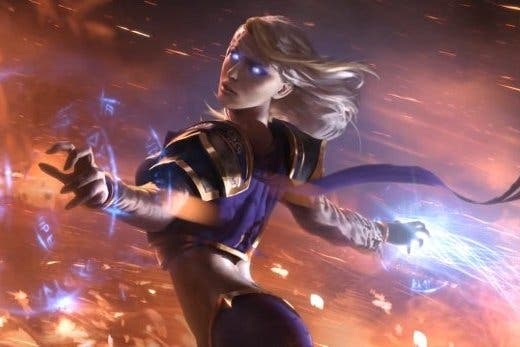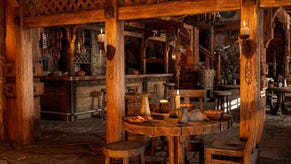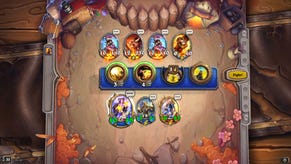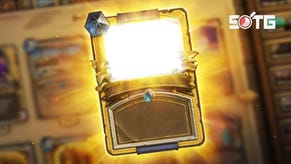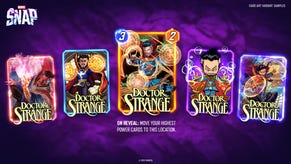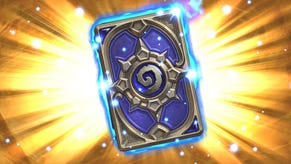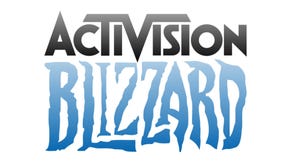Games of 2014: Hearthstone
The box of delights.
What is it about Blizzard's games that command such obsession and commitment from those of us who play them? There's the emergent complexity that springs up from root simplicity - easy to learn, hard to master if you prefer - but there's something more to the magic of the time you spend in these worlds, something that transcends the fundamental nuts and bolts of tightly-tuned gameplay.
The answer for me is simple. Blizzard makes games about rhythms that get under your skin and then carry you compulsively forwards. World of Warcraft's cooldown system adds a measured, hypnotic finger-click to the tempo of its encounters, StarCraft 2's heart beats with a relentless tribal intensity, and the upcoming Heroes of the Storm is underpinned by the steady, blood-pumping unit flow that defines the genre it belongs to. These games tap into something primal, and they soothe and excite in equal measures as they do so.
For its own ebb and flow, Blizzard's slower-paced strategy game Hearthstone breathes the gentle, warming rhythm of a rousing crescendo, from the tentative early game plays that set the scenes for each match, through to the grand drama that plays out when a greater wealth of options manifest themselves, and make a meaner march across the stage.
The characters that populate this fantasy theatre are extraordinary creations. Where most developers are content to let cards remain cards as they're played from your hand to the table, Blizzard instead chose to play Gepetto and breathe the stuff of life into its characters. The result is a mesmerising, clockwork toybox that plays out in a manner so perfectly encapsulated by the developers at BlizzCon this year - the so-called guiding design principle of "delightful surprise."
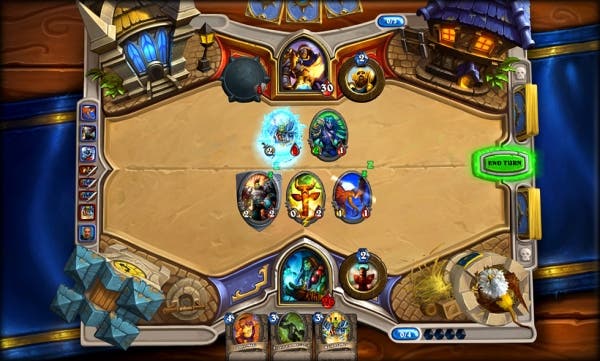
When you play Mad Bomber onto the board, and his randomly thrown bombs pop the protective shield off a minion, before chipping off the single point of health beneath it, then deliver a final, vital point of damage elsewhere, you physically cheer him from your chair. When he lobs three bombs directly at your own Hero's face instead of working the board... well, he's only gone and let the whole team down. Think about that for a moment - an otherwise lifeless character, made real through nothing more than the very human traits of fallibility and unpredictability.
The randomised nature of so much of Hearthstone is seen as a fatal flaw in some quarters, but for my money it's what gives the game its life, its soul and its ability to tell so many different tales each time you settle down by the fireside. Your ability to respond to and resolve that unpredictability across a large number of games is what determines your skill level, and the wins that are founded on good fortune are often just as enjoyable.
Not convinced? Ask this guy what he thinks about Ragnaros' random targeting, and whether he's having a good time or not. Consider also the plays necessary for him to get close to that winning position. When a character roars in your favour, the moment is exquisite and the story remembered and retold for days. When it clumsily betrays you, it's barely a memory by the time you've settled into the next match. This is the magic of Hearthstone's quick-fire encounters.
Hearthstone's first year has been about more than just player-versus-player encounters, growing card collections, savoured wins and grumbling losses though. The Naxxramas single-player adventure bought something new and welcome to the table back in August, with a collection of artfully designed boss encounters that rewarded just enough cards to bridge the content gap between summer and the meatier December release of Goblins vs Gnomes.
It was not, in truth, a flawless addition to the game. A handful of encounters highlighted the true negatives of random play when applied to static encounters, with very specific opening hands required to counter the more obstinate puzzles. Certain cards awarded from Naxxramas have also assumed a position of overwhelming dominance in ranked play. It's unfortunate, but Blizzard has largely stuck to its guns in preferring to provide players with the tools needed to solve a problem, rather than mechanically hobble a problematic card. For the most part, Hearthstone is a masterclass in game balance.
As for bolstering that card collection even further, it's fair to say that some of us have dipped into our wallets to greater degrees than others, while some have focused on a narrower range of characters in order to keep the game truly free-to-play. Like League of Legends or DOTA 2 though, spending money in Hearthstone merely increases your options rather than your odds of success. In hindsight, I personally wish I'd spent less and earned more through the delights of the gameplay.
These aren't just idle words. Some of the most successful decks from Hearthstone's debut year can be amassed for either a little bit of money or a reasonable amount of play time. The most expensive, Legendary-laden collections may help you go a little further through sheer bluster alone, but a more budget-orientated deck will - in more skilful hands - rise even higher. You can be a glutton at Blizzard's latest feast - and pay an appropriate price for the privilege - or you can simply savour the fine wine.
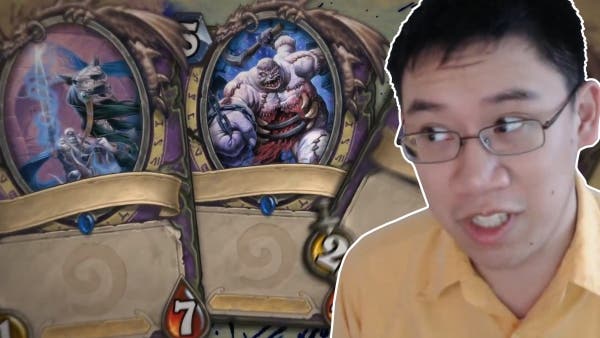
It's not just the palatability of free-to-play gaming that Hearthstone's changed for the better this year either. For many gamers of my generation, the meteoric rise of the YouTube personality has been something largely observed from a confused distance, yet players like Trump - with his easy-going nature and talent for teaching - have all but eliminated television from my daily routine. Instead, I'll settle down with a drink in the evening and enjoy watching one of his runs through the game's Arena mode, or one of the many free-to-play ladder climbs that have done much to silence the game's pay-to-win naysayers.
Watching is learning in Hearthstone, and there's an immediacy to the game that makes it a perfect spectator sport. Even a complete newcomer can grasp the simple principles at play, the gentle back and forth teasing of board ownership, and the potential for the action to explode when the moment is right. Above all, Hearthstone is a game about stories - those you write for yourself and those you watch others create - and there are few yarns we've published on Eurogamer this year that have thrilled me like Wesley's surprise showdown with Trump himself.
Hearthstone in 2014 has been a transformative experience. It's made card games cool, turned a new generation of gamers onto eSports, and shown further proof that free-to-play gaming need not be the enemy of the hardcore. With its stories and surprises, it's also captured the obsessive imaginations of the writers, designers, and technical staff of Eurogamer in a way that few other games have this year.
For the latest Hearthstone deck and gameplay guides, take a look at MetaBomb, our dedicated site for the game.
